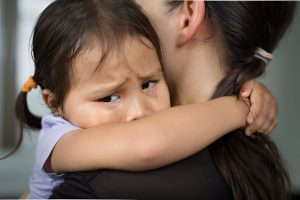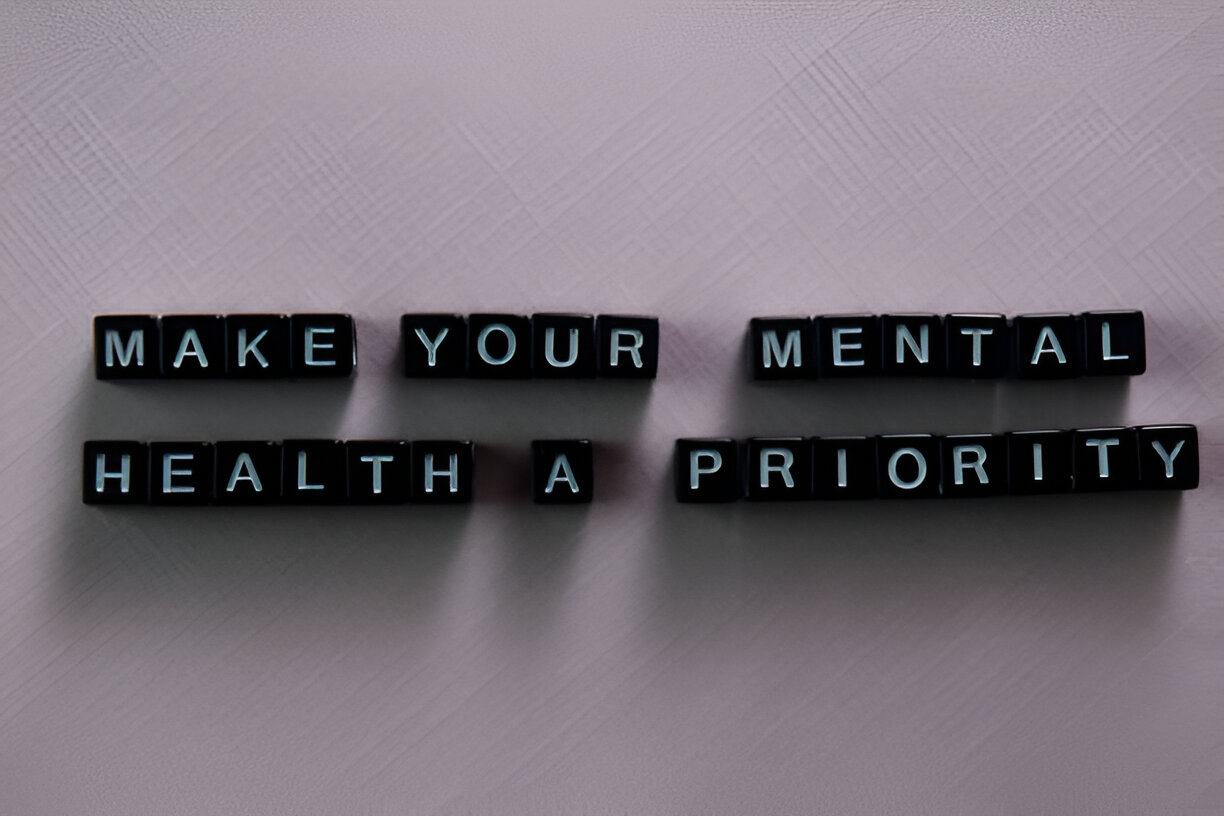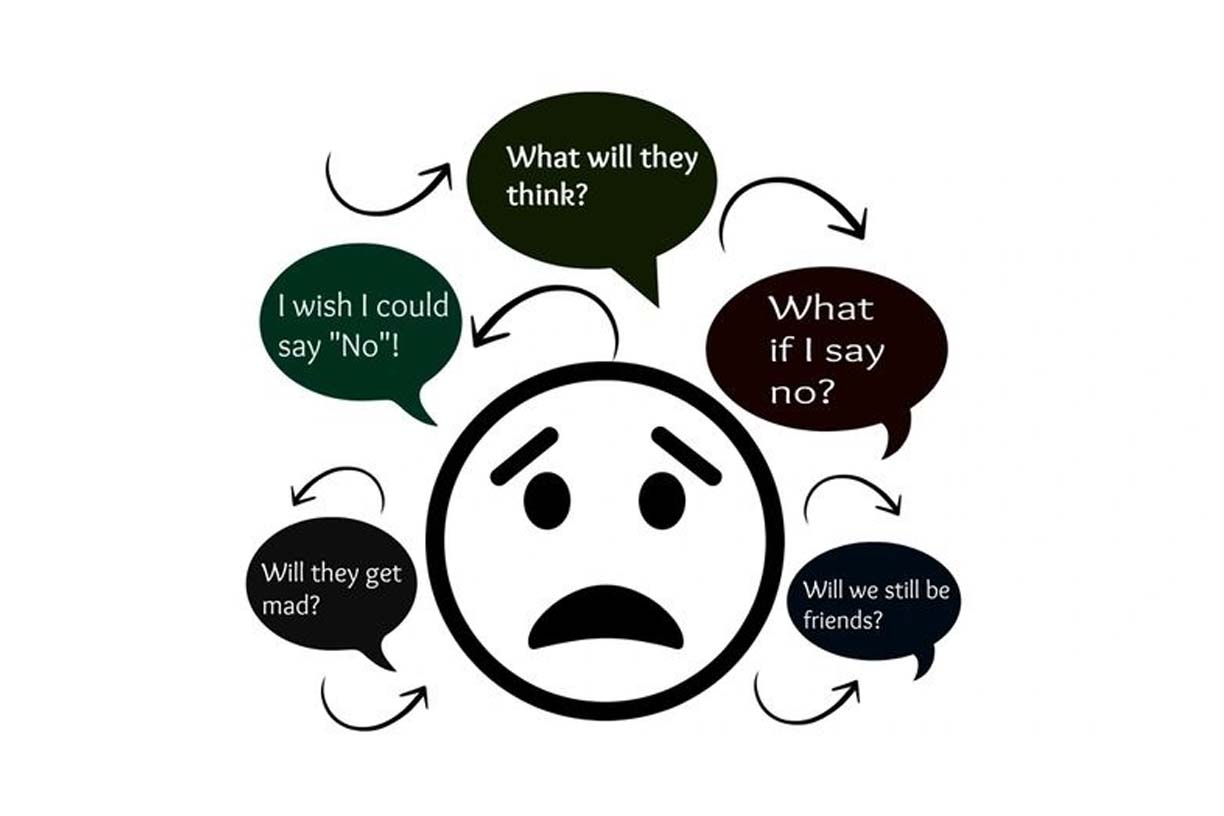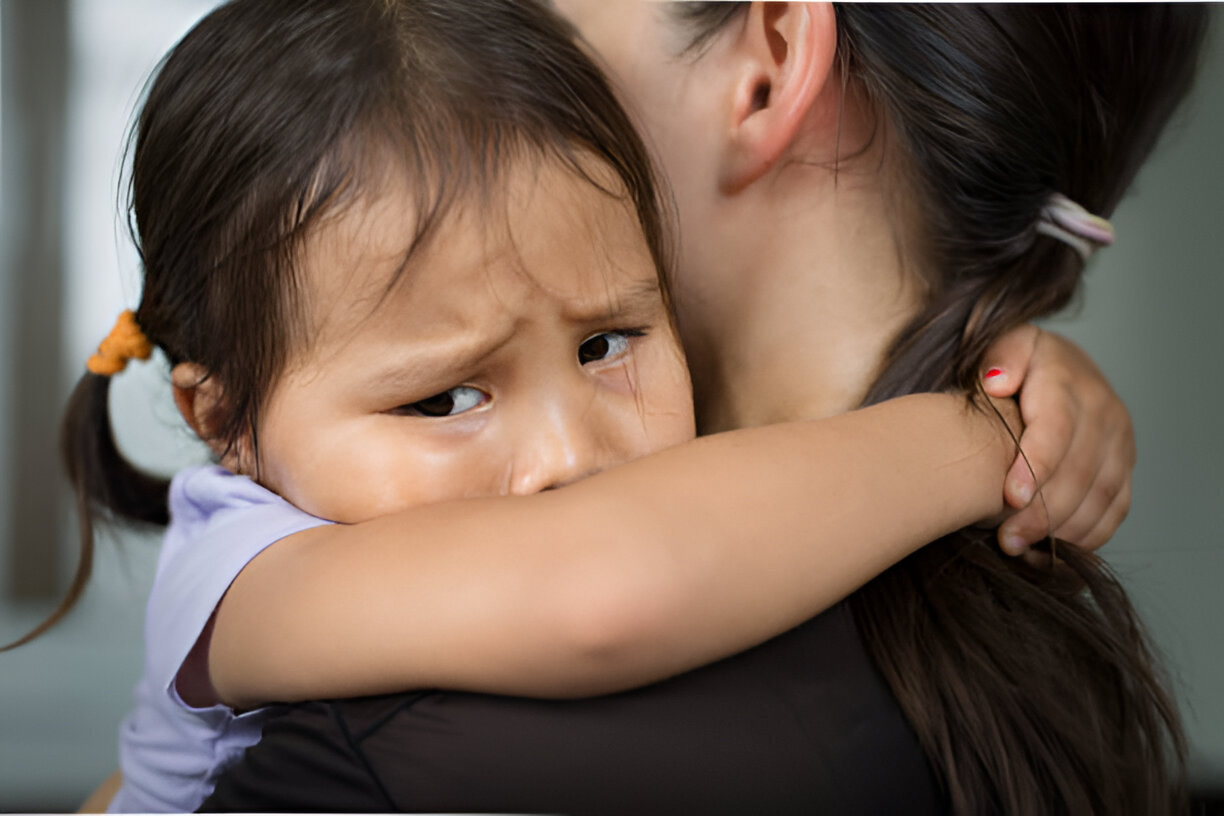How does TRAUMA looks like in adolescents?
- Home
- Resources

Trauma in adolescents can manifest in various ways, and its effects can be complex and long-lasting. Trauma can result from a wide range of experiences, including physical or sexual abuse, neglect, witnessing violence, accidents, natural disasters, or other overwhelming events. Here are some common signs and symptoms of trauma in adolescents:
1. Emotional Distress:
– Intense and unpredictable mood swings
– Persistent sadness or depression
– Anxiety, panic attacks, or excessive worry
– Irritability or anger outbursts
– Emotional numbness or detachment
2. Behavioural Changes:
– Increased risk-taking behavior
– Aggression or violence toward self or others
– Substance abuse or addiction
– Withdrawal from friends and social activities
– Academic problems, such as declining grades or school refusal
3. Regressive Behavior:
– Reverting to behaviours typical of a younger age (e.g., bedwetting, thumb-sucking)
– Clinging to caregivers or adults for security
4. Sleep Disturbances:
– Nightmares or night sweats
– Insomnia or difficulty falling asleep
– Frequent waking during the night
5. Physical Symptoms:
– Headaches or stomachaches with no apparent medical cause
– Changes in appetite or eating habits
– Chronic fatigue or low energy levels
6. Flashbacks and Intrusive Thoughts:
– Repeated, distressing memories of the traumatic event
– Intrusive thoughts or images related to the trauma
– Flashbacks where the adolescent feels as if they are reliving the traumatic experience
7. Avoidance and Numbing:
– Avoidance of places, people, or situations that remind them of the trauma
– Emotional numbing or dissociation (feeling disconnected from oneself or reality)
8. Hyper-vigilance:
– Constantly being on high alert or easily startled
– Difficulty concentrating or paying attention due to preoccupation with safety
9. Self-Harm or Suicidal Thoughts:
– Engaging in self-destructive behaviors, such as cutting or burning
– Expressing thoughts of self-harm or suicide
10. Social and Relationship Problems:
– Difficulty forming or maintaining healthy relationships
– Trust issues or fear of getting close to others
– Social isolation or withdrawal
It’s important to note that not all adolescents who experience trauma will display the same symptoms, and some may exhibit a combination of these signs. Additionally, the timing and severity of symptoms can vary widely among individuals. The impact of trauma can be profound, affecting a young person’s emotional, psychological, and physical well-being.
If you suspect that an adolescent may be experiencing trauma, it is crucial to seek professional help. A mental health professional with expertise in trauma can provide assessment, support, and appropriate interventions to help the adolescent cope with and heal from their traumatic experiences. Early intervention and support can significantly improve an adolescent’s ability to recover and thrive.





